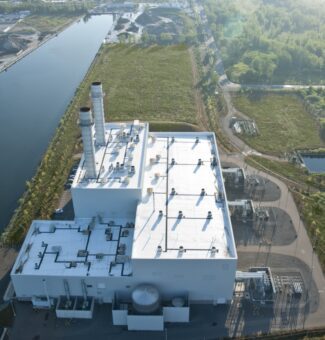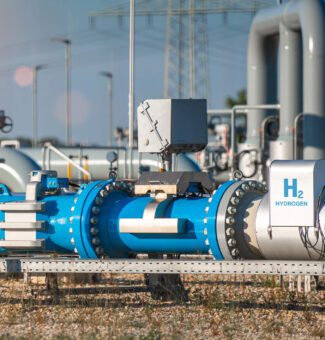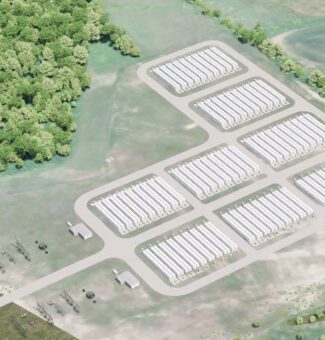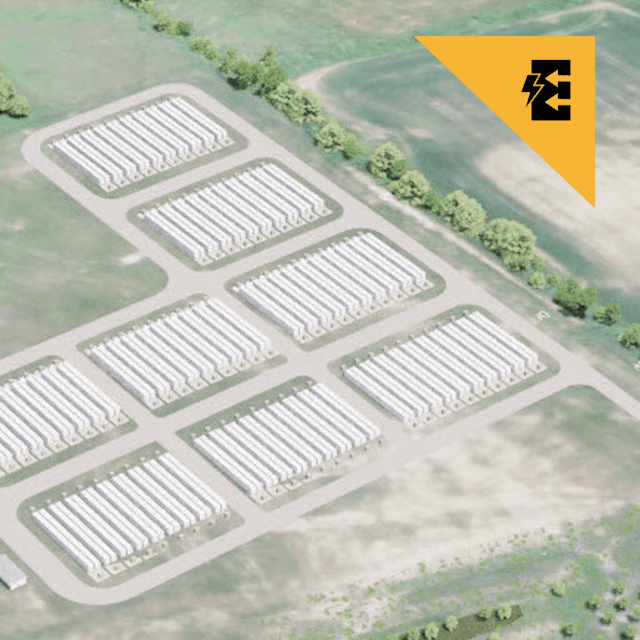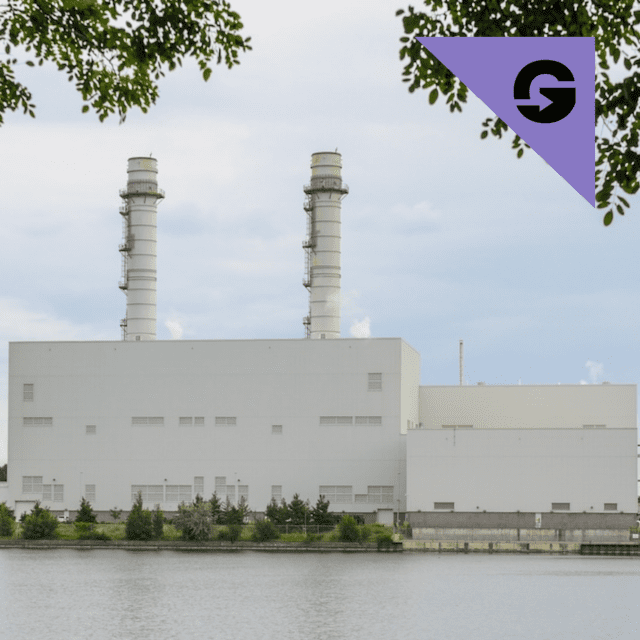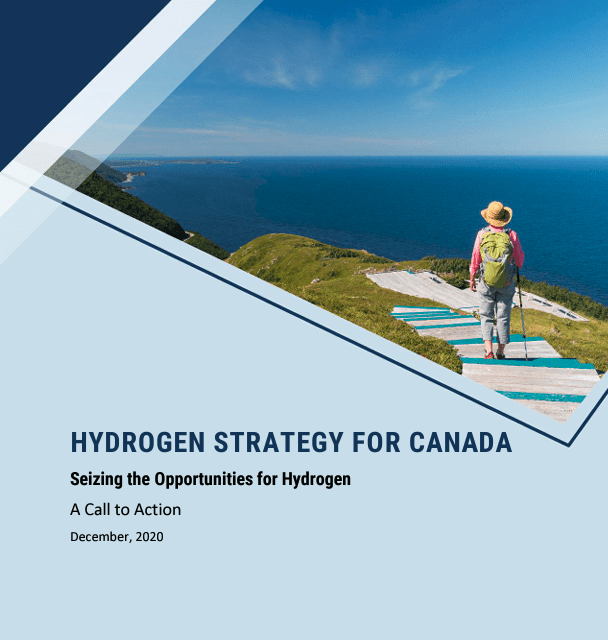There are many different ways to use natural gas
But modern generating stations are built around gas turbines. Modern stations also produce 50% fewer carbon emissions compared to coal.
Combined cycles features two elements of energy production:
- First, the gas turbine compresses air and mixes it with fuel that is heated to a high temperature. The hot air-fuel mixture spins the gas turbine blades, which drive a generator that converts a portion of the spinning energy into electricity.
- Second, a heat recovery steam generator captures exhaust heat from the gas turbine that would otherwise escape through the exhaust stack and uses it to turn a steam turbine to create additional electricity.
There when you need it
When we can’t rely on renewables alone, natural gas power is there to ensure a reliable supply of electricity.
Enabling Ontario's clean energy future
Many are surprised to learn that natural gas plays an incredibly important role in enabling renewable energy sources like wind and solar. Learn more about how Atura is helping meet Ontario's supply and demand.
Meeting peak demand
When temperatures rise and demand surges, natural gas power ensures a reliable supply of electricity.
The reliable operation of the electricity system depends on the continual balance of supply and demand in real time. Natural gas generation plays a critical role in maintaining reliability through:
- Its availability to generate power during peak demand periods in both the summer and winter; and
- Its flexibility in responding to ongoing changes in demand and availability of other supply sources.
With the addition of intermittent wind and solar generation in recent years, the role that natural gas plays in maintaining system reliability and operability has become even more important.
Gas is an enabler of renewable energy. It’s important to maintain this peaking capacity, especially as the province turns to decarbonizing other sectors through electrification.
Keeping rates affordable
Natural gas power is there when you need it, helping ensure an affordable supply of electricity.
